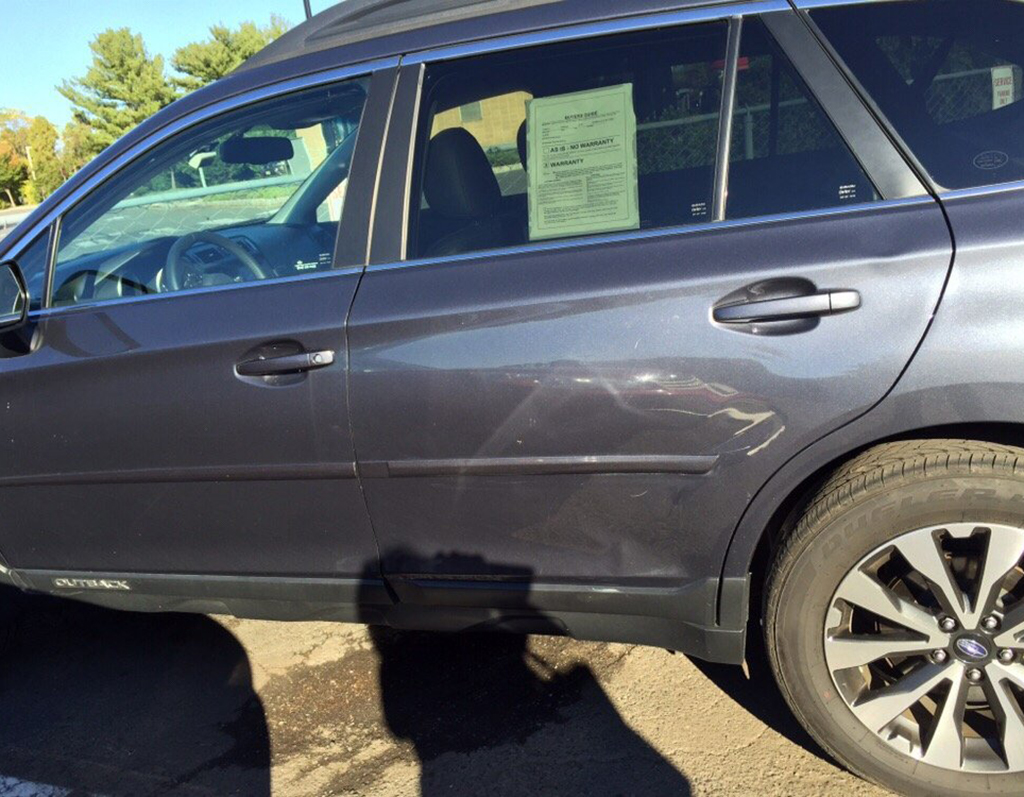Failure to Disclose Prior Use of Automobile

A used car buyer would like to hear that the prior use of a vehicle was by one very responsible owner only who never was in an accident. It is unattractive to a used car buyer if a vehicle has had multiple prior owners, was a rental or police vehicle, or was used as a taxi because it could indicate potential mechanical issues. Falsely representing or failing to disclose prior use of a vehicle is deceptive and illegal.
Odometer Fraud, Salvage Fraud, & Undisclosed Flood – Auto Fraud

Odometer Fraud occurs when the dealer or the dealer’s representative (salesman) gives misinterpretations about the motor vehicle’s actual mileage information; for example, a car with 75,000 miles being set and sold at 25,000
Undisclosed Damage To New Cars & Undisclosed Wreck Damage To Used Cars – Auto Fraud

Undisclosed wreck damage to used Cars is very similar to salvage fraud. However, it does not abide by the state salvage law. Undisclosed Wreck Damage to used vehicles usually occurs in the form of cars that are not a total

